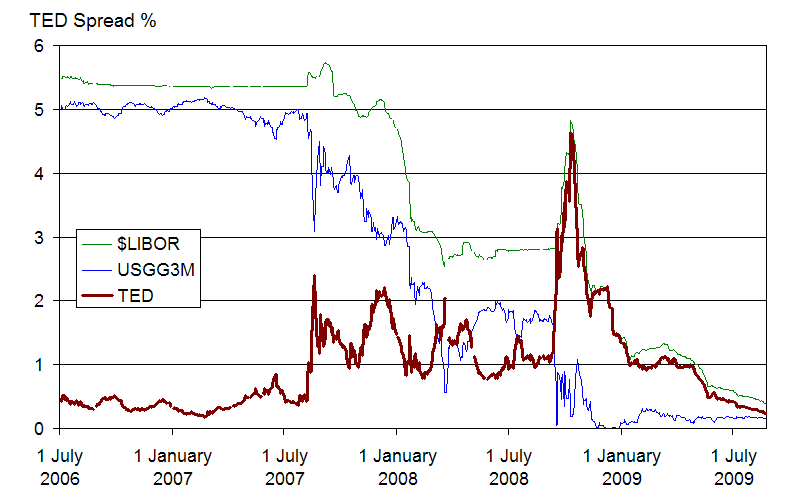



The financial crisis of 2007–2008, also known as the global financial crisis and the 2008 financial crisis, is considered by many economists to have been the most serious financial crisis since the Great Depression of the 1930s.
It began in 2007 with a crisis in the subprime mortgage market in the United States, and developed into a full-blown international banking crisis with the collapse of the investment bank Lehman Brothers on September 15, 2008. Excessive risk-taking by banks such as Lehman Brothers helped to magnify the financial impact globally. Massive bail-outs of financial institutions and other palliative monetary and fiscal policies were employed to prevent a possible collapse of the world financial system. The crisis was nonetheless followed by a global economic downturn, the Great Recession. The European debt crisis, a crisis in the banking system of the European countries using the euro, followed later.
In 2010, the Dodd–Frank Wall Street Reform and Consumer Protection Act was enacted in the US following the crisis to "promote the financial stability of the United States". The Basel III capital and liquidity standards were adopted by countries around the world.

The TED spread (in red) increased significantly during the financial crisis, reflecting an increase...
